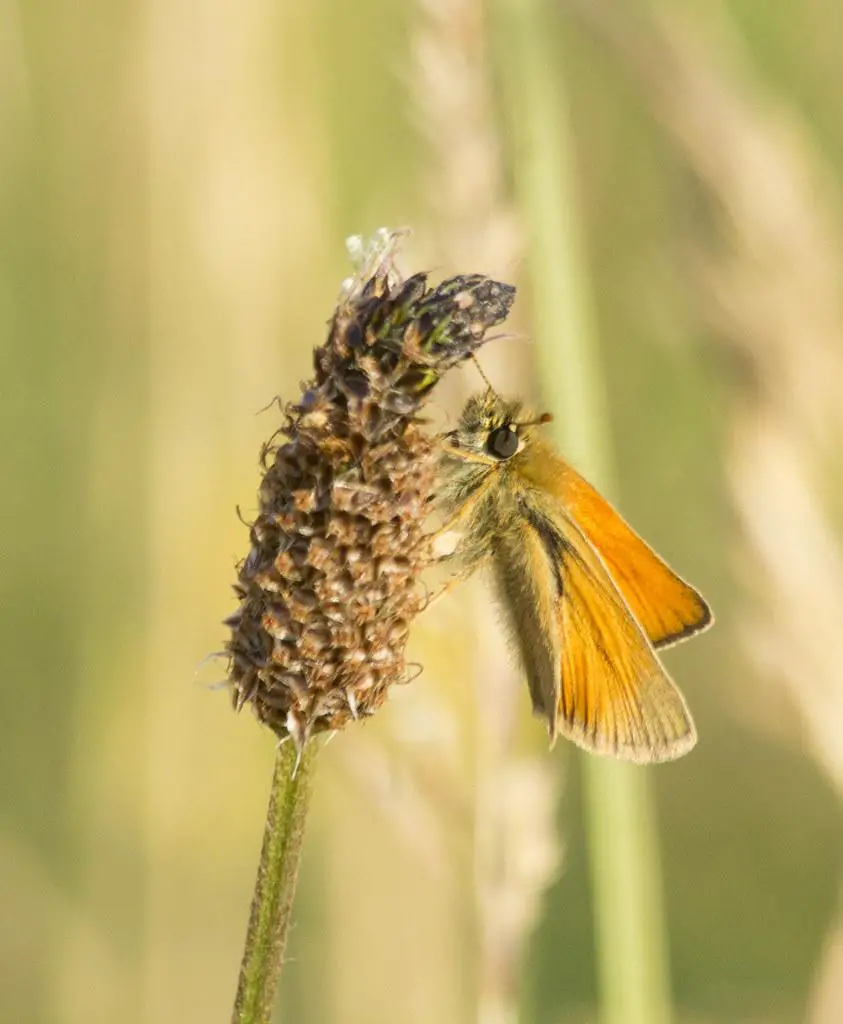
43097182061_22374f6659_b.jpg from: https://www.flickr.com/photos/50910388@N08/43097182061
Exploring the Fascinating World of Lepidozia obtusiloba Steph. Moss
Introduction
Mosses are some of the most ancient and resilient plants on Earth, with over 12,000 species found across the globe. One particularly intriguing species is Lepidozia obtusiloba Steph., a small but mighty moss in the Lepidoziaceae
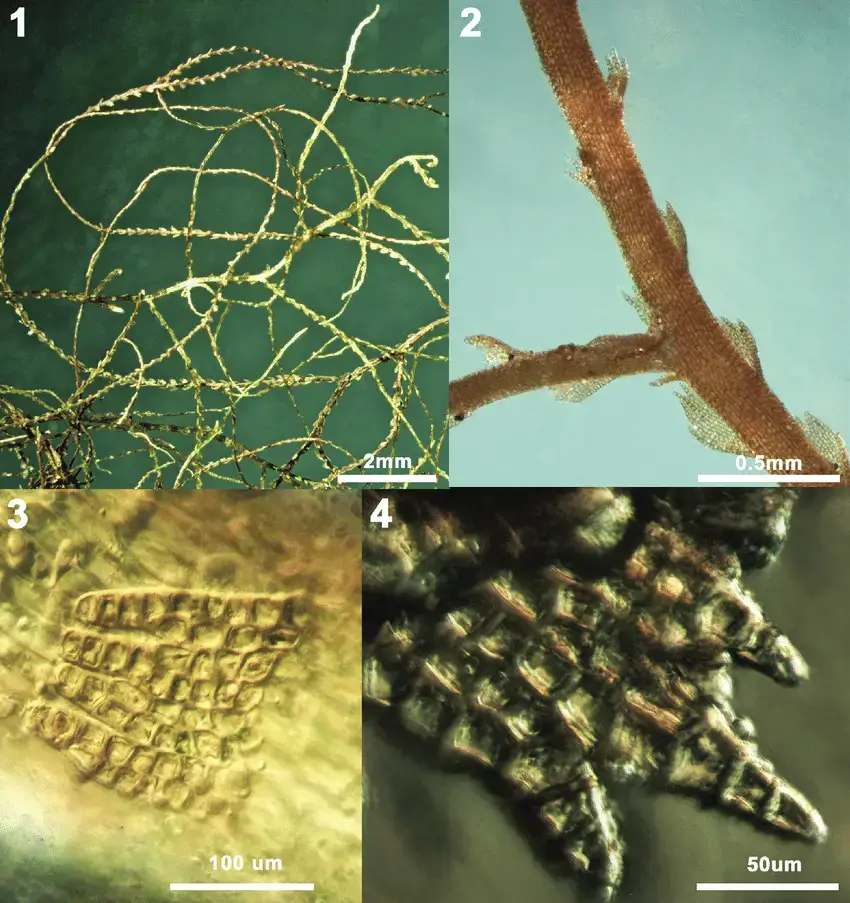
Lepidozia-haskarliana-Gottsche-Lindenb-Nees-Steph-1-plant-habit-2-scale-like.png from: https://www.researchgate.net/figure/Lepidozia-haskarliana-Gottsche-Lindenb-Nees-Steph-1-plant-habit-2-scale-like_fig1_270575213
family. In this blog post, we’ll dive into the captivating world of this unique bryophyte.
Background
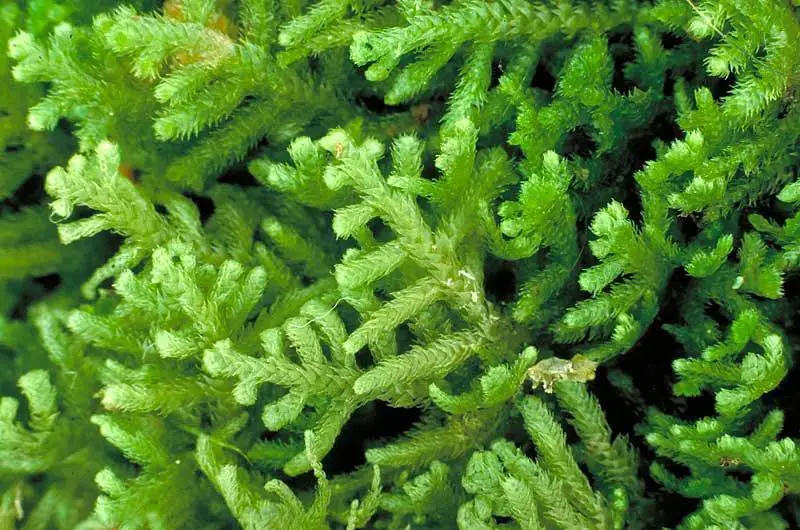
lepidozia-163.jpg from: https://www.cpbr.gov.au/bryophyte/photos-captions/lepidozia-163.html
Lepidozia obtusiloba Steph., also simply known as Lepidozia, is a species of leafy liverwort moss. It belongs to the Marchantiophyta division and
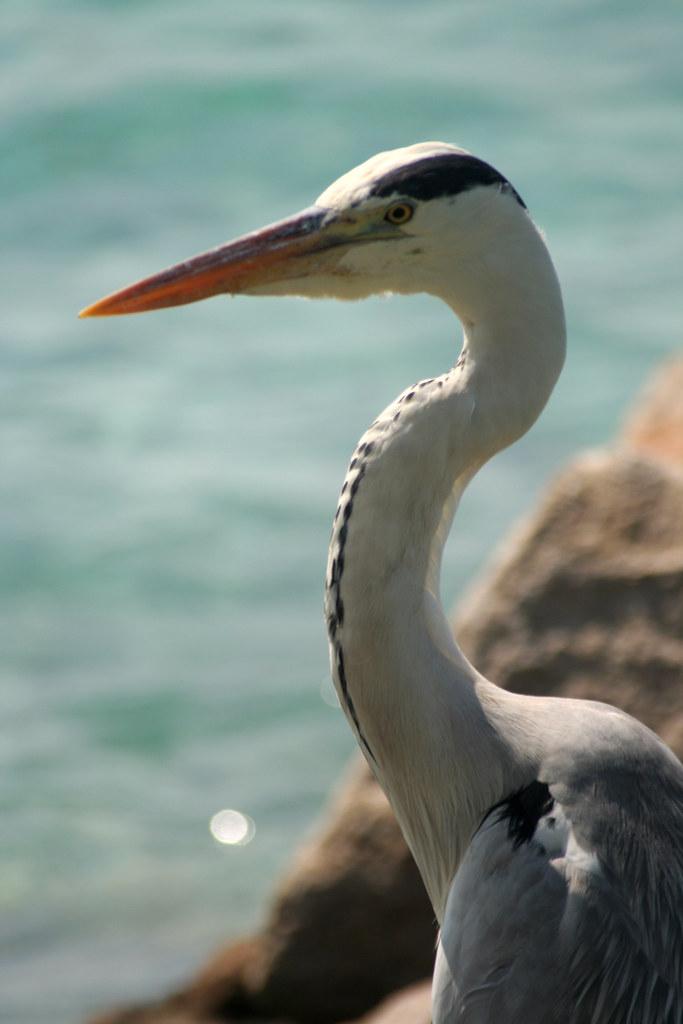
8672531081_eebd1c6e69_b.jpg from: https://www.flickr.com/photos/50910388@N08/8672531081/
Jungermanniopsida class. This diminutive plant may be easily overlooked, but it plays important ecological roles in its native habitats.
Morphology and Identification
Lepidozia obtusiloba is a small, delicate-looking moss, typically only 2-5 mm tall. Its tiny leaves are deeply divided into 3-4 finger-like lobes, giving it a distinctive appearance under magnification. The leaves are translucent and only one cell layer thick. Unique identifying features are the rounded tips (obtuse) of the leaf lobes, hence the species name “obtusiloba”.
Global Distribution and Habitat
This moss has a wide distribution, found in tropical and subtropical regions across multiple continents, including
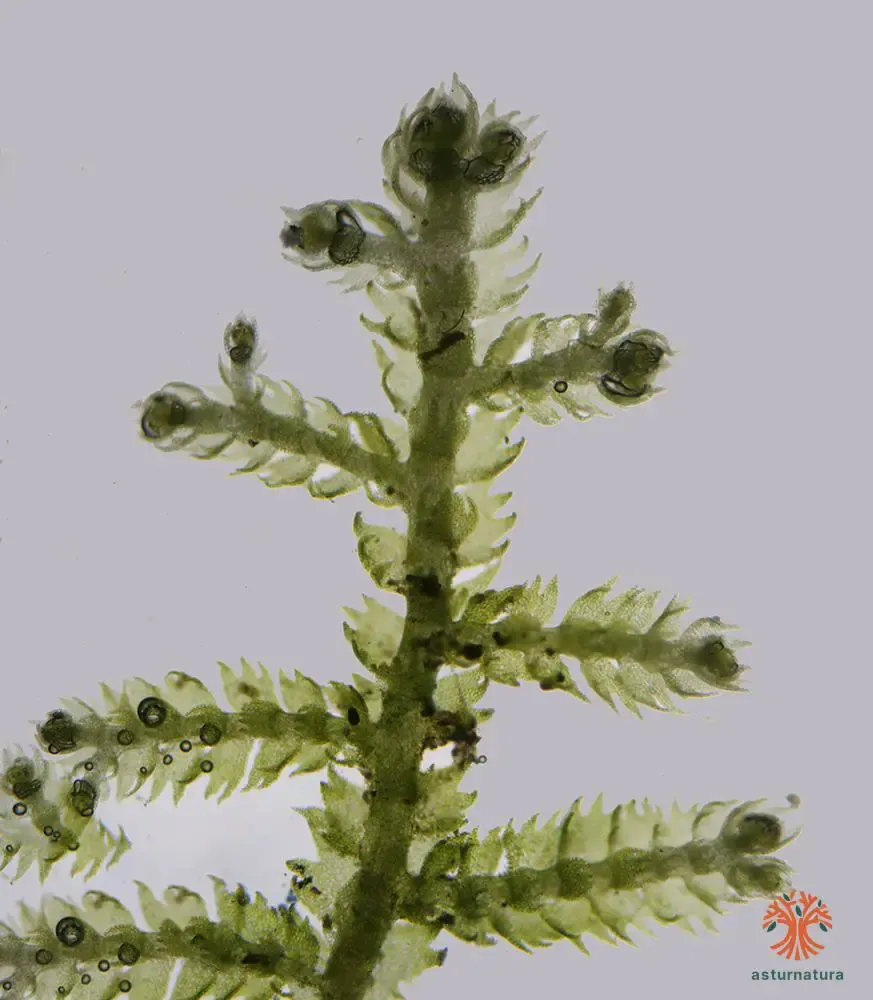
a403c6b2be85169207f140973eec012d.jpg from: https://www.asturnatura.com/fotografia/flora/lepidozia-reptans-2/32750.html
Central and South America, Africa, and Asia. It grows in damp, shaded environments such as on tree trunks, rotting logs, rocks, and soil banks in forests. Lepidozia favors
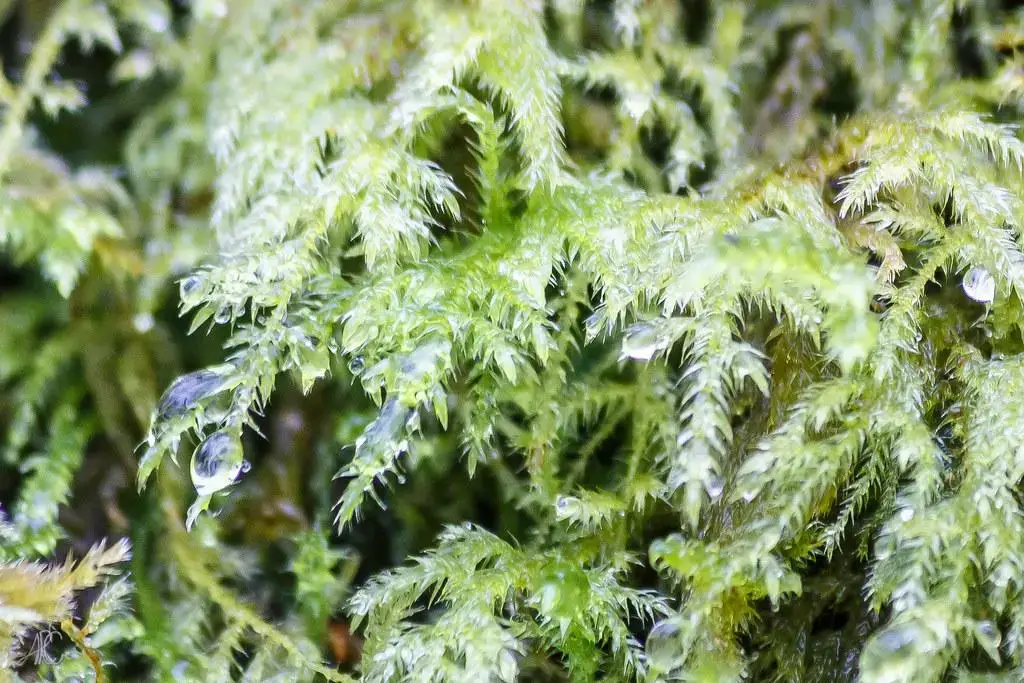
32462051332_8f8b153a0d_b.jpg from: https://www.flickr.com/photos/arcoombes/32462051332
high humidity and low light conditions.
Ecological Roles and Adaptations
Despite its small size, Lepidozia plays several key ecological roles:
- Helps retain moisture in its environment
- Provides shelter and microhabitats for invertebrates
- Aids in nutrient cycling as it breaks down organic matter
- Pioneer species that helps rebuild soil in disturbed areas
To thrive in its native habitats, Lepidozia has developed adaptations like:
- Moisture-retaining cell walls
- Rhizoids that anchor it to substrates
- Asexual reproduction via fragmentation when conditions are dry
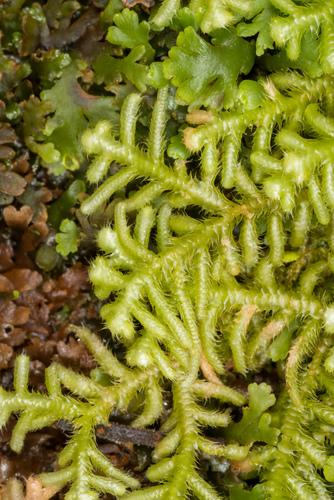
medium.jpg from: https://www.inaturalist.org/taxa/403344-Lepidozia-setigera
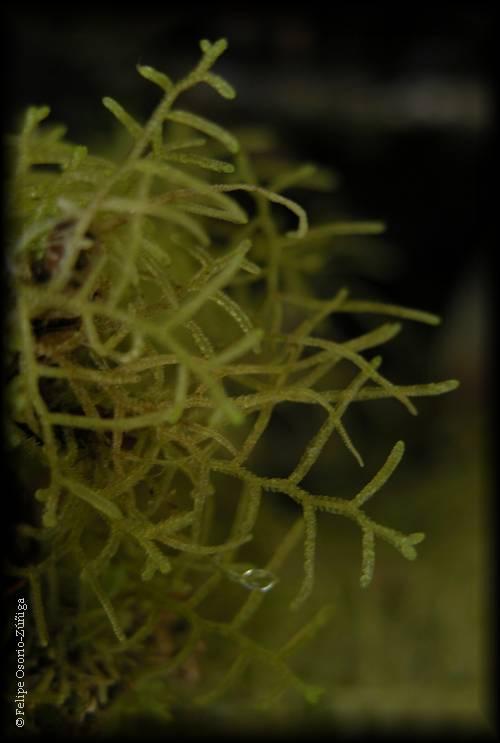
lepidozia_chordulifera01.jpg from: https://www.chilebosque.cl/moss/lepidozia_chordulifera.html
| Characteristic | Description |
|---|---|
| Size | 2-5 mm tall |
| Leaf shape | Deeply divided into 3-4 finger-like lobes |
| Leaf tip | Rounded (obtuse) |
Leaf thickness
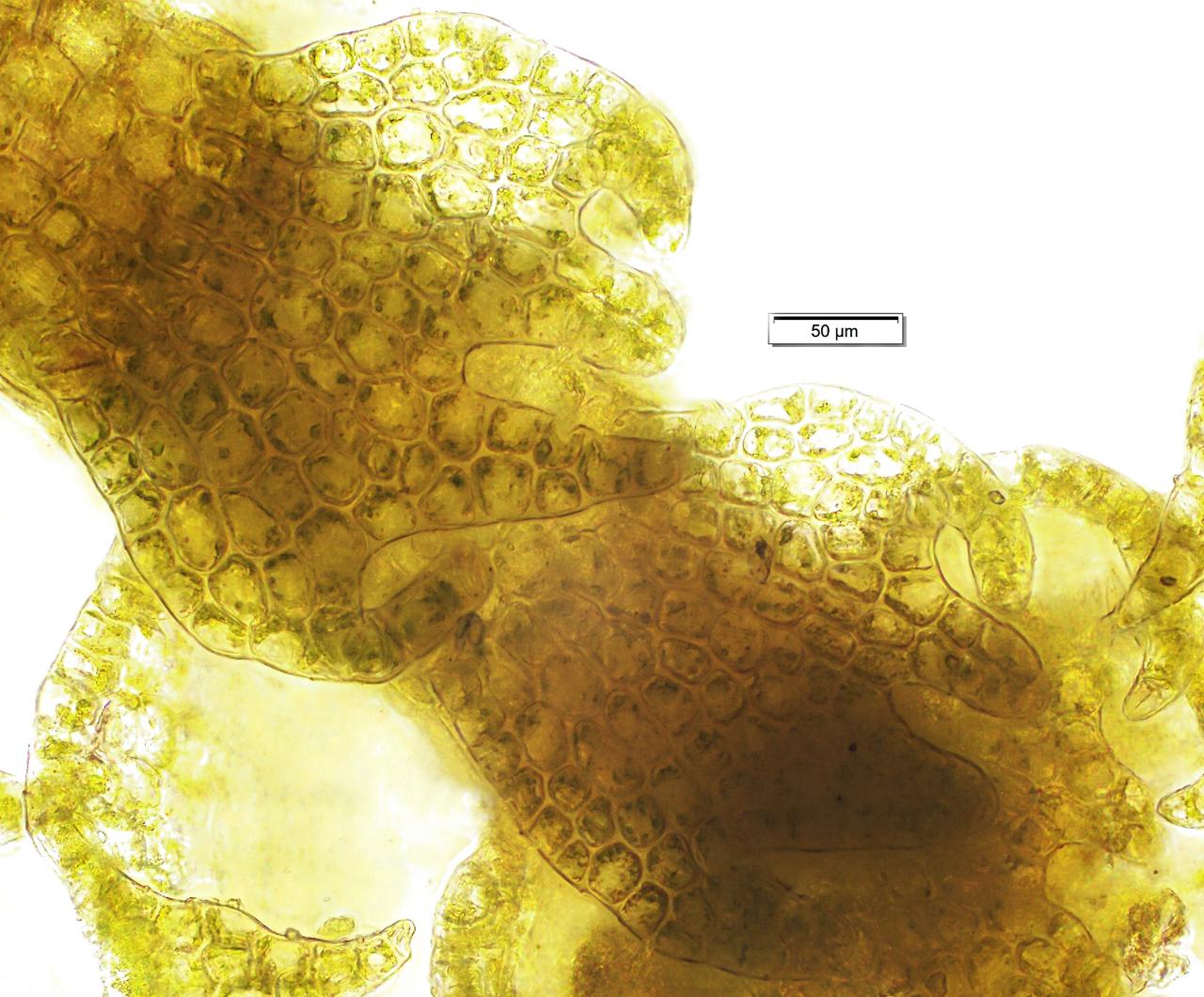 lepidozia_reptans.jpg from: https://www.wnmu.edu/academic/nspages/gilaflora/lepidozia_reptans.html |
One cell layer |
Habitat
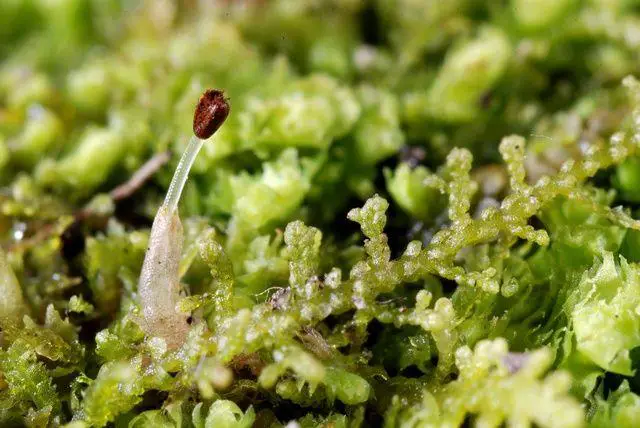 74141_orig.jpg from: https://idfg.idaho.gov/species/taxa/4837 |
Damp, shaded environments in tropical and subtropical regions |
Conclusion
Lepidozia obtusiloba Steph. may be a “micro” moss, but it carries “macro” importance in the ecosystems where it grows. From retaining moisture to providing shelter to invertebrates, this mighty moss proves that size isn’t everything in the plant world. The next time you’re in a tropical forest, take a closer look – you just might spot a patch of amazing little Lepidozia making a big difference. What other small but significant plants have you encountered?